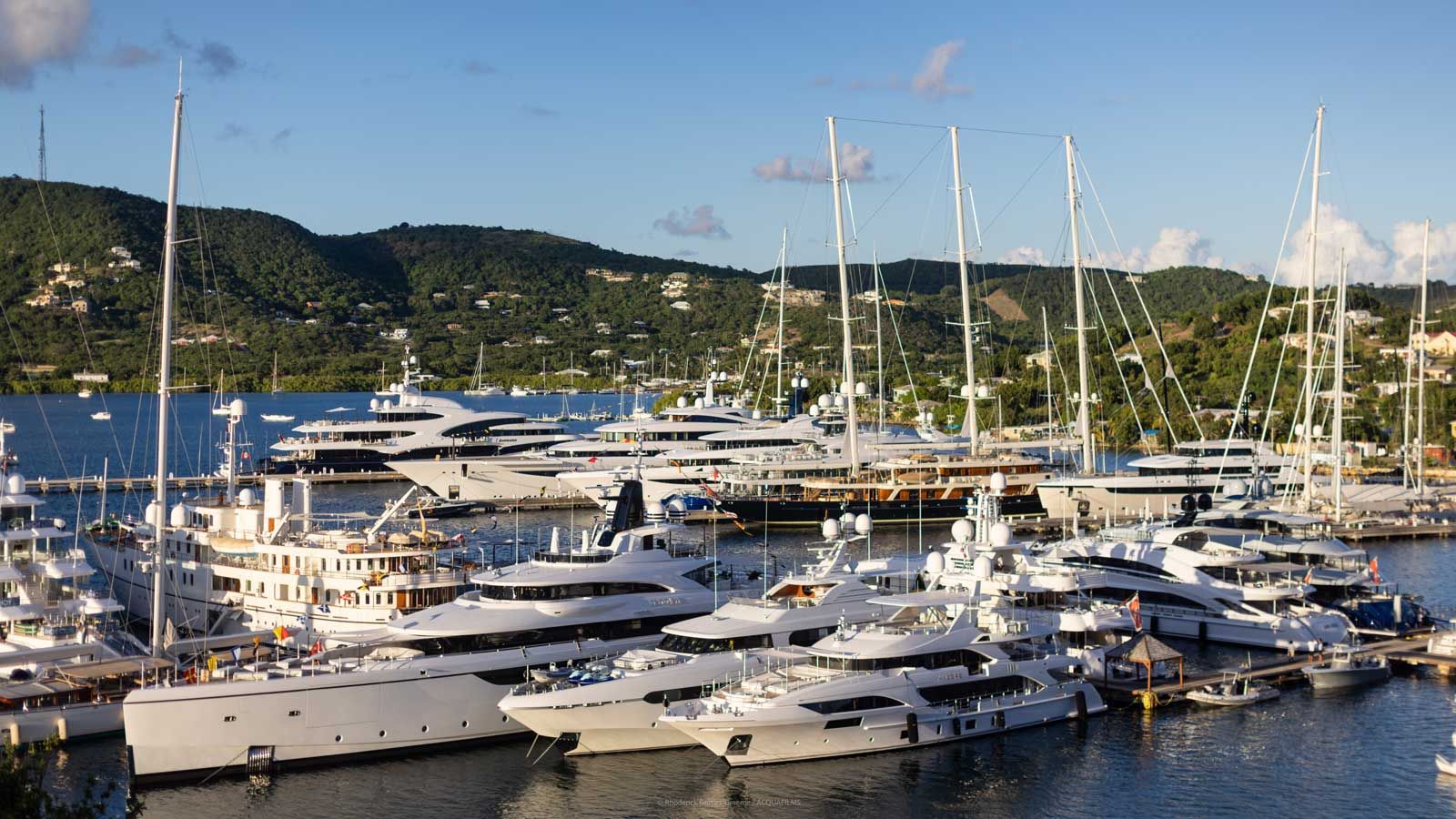The new Museum of West African Art (Mowaa) in Benin City, Nigeria, originally set to open in grandeur, has become ensnared in political strife just as it was to welcome its first visitors. This $25 million institution, designed by renowned architect Sir David Adjaye, aims to celebrate the artistry and history of the region famously linked to the highly sought-after Benin Bronzes.
Despite the museum's ambitious vision to positively impact the local economy and culture, tensions escalated when the Edo State government revoked the land use agreement, insisting on retaining the name “Edo” in the museum’s title. A protest by locals demanding the museum's rebranding to the “Benin Royal Museum” highlighted the underlying issues surrounding the cultural heritage and ownership of the artifacts.
President Bola Tinubu stepped in to calm the friction, forming a committee to address the contentious local dynamics that seem to shift with the political tides of the state. The former administration supported the museum's establishment amidst the brimming promise of economic development and cultural preservation.
The museum’s efforts to re-establish its identity came while addressing the controversial issue of the Benin Bronzes; thousands of these treasures remain dispersed across international institutions, with only a few recently returning home amidst ongoing negotiations.
Plans for Mowaa included a showcase of not just the past through the Benin Bronzes but also modern and contemporary art, emphasizing a future for African creativity that transcends historical wounds.
Cultural experts have noted the disconnection of the general populace from discussions about the bronzes, often deemed elitist, stressing the need to decolonize narratives and restore their original significance in local languages. As the museum gears up to open, it faces the challenge of navigating political motivations while fostering an inclusive cultural dialogue for the people of Edo State.
The future of the Museum of West African Art may very well depend on how effectively it can demonstrate its value beyond the historical artefacts, crafting a space for present and upcoming generations of artists and creatives.
Despite the museum's ambitious vision to positively impact the local economy and culture, tensions escalated when the Edo State government revoked the land use agreement, insisting on retaining the name “Edo” in the museum’s title. A protest by locals demanding the museum's rebranding to the “Benin Royal Museum” highlighted the underlying issues surrounding the cultural heritage and ownership of the artifacts.
President Bola Tinubu stepped in to calm the friction, forming a committee to address the contentious local dynamics that seem to shift with the political tides of the state. The former administration supported the museum's establishment amidst the brimming promise of economic development and cultural preservation.
The museum’s efforts to re-establish its identity came while addressing the controversial issue of the Benin Bronzes; thousands of these treasures remain dispersed across international institutions, with only a few recently returning home amidst ongoing negotiations.
Plans for Mowaa included a showcase of not just the past through the Benin Bronzes but also modern and contemporary art, emphasizing a future for African creativity that transcends historical wounds.
Cultural experts have noted the disconnection of the general populace from discussions about the bronzes, often deemed elitist, stressing the need to decolonize narratives and restore their original significance in local languages. As the museum gears up to open, it faces the challenge of navigating political motivations while fostering an inclusive cultural dialogue for the people of Edo State.
The future of the Museum of West African Art may very well depend on how effectively it can demonstrate its value beyond the historical artefacts, crafting a space for present and upcoming generations of artists and creatives.



















